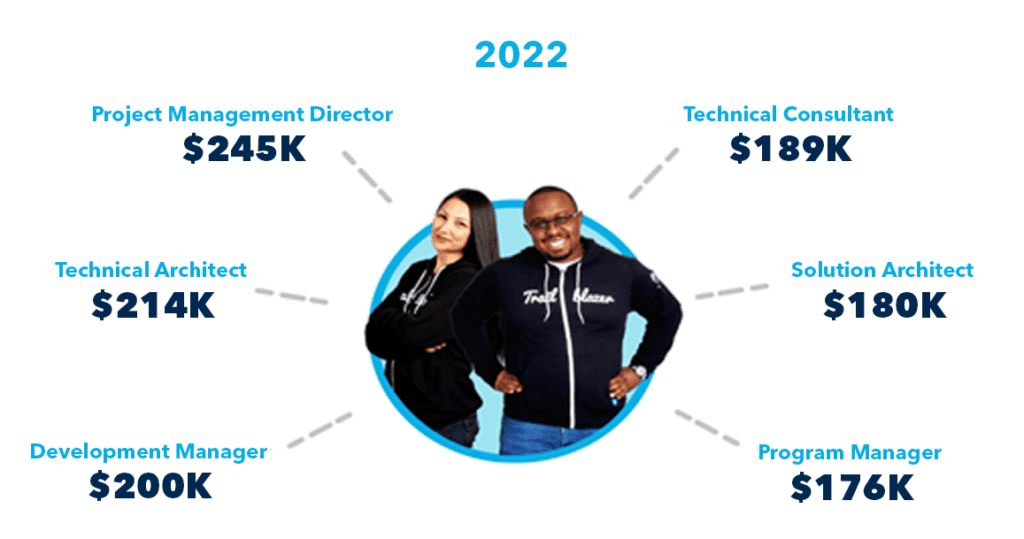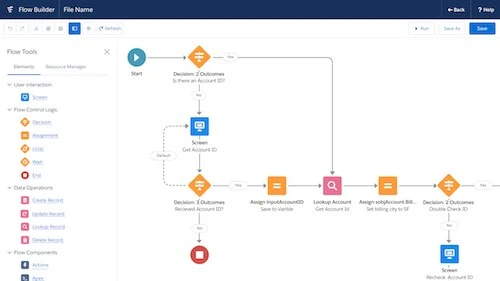Salesforce is a powerful customer relationship management (CRM) platform that allows businesses to streamline their operations and enhance customer interactions. To customize and extend its functionalities, developers can utilize various programming languages. In this blog, we’ll explore the Salesforce programming languages and help you decide which one is best suited for your project.
Table of Contents
- Introduction to Salesforce Development
- Apex: The Native Force.com Language
- Visualforce: Designing User Interfaces
- Lightning Web Components (LWC)
- Integration with External Systems Using APIs
- Choosing the Right Language for Your Project
- Conclusion
1. Introduction to Salesforce Development
Salesforce offers a robust development environment that empowers developers to create applications, automate processes, and build engaging user interfaces. Understanding the available programming languages is essential for delivering tailored solutions that align with your business needs.
2. Apex: The Native Force.com Language
Apex is Salesforce’s native programming language, designed specifically for the platform. It resembles Java and allows developers to write business logic, triggers, and execute database operations within the Salesforce ecosystem. Apex is great for customizing workflows, creating validation rules, and implementing complex calculations.
trigger AccountTrigger on Account (before insert) {
for (Account acc : Trigger.new) {
if (acc.AnnualRevenue > 1000000) {
acc.Custom_Field__c = true;
}
}
}3. Visualforce: Designing User Interfaces
Visualforce is a markup language used to design user interfaces for Salesforce applications. It allows developers to create pages that seamlessly integrate with the platform’s data and functionality. Visualforce is suitable for building custom pages, dashboards, and reports that present data in a user-friendly manner.
<apex:page>
<apex:outputText value="Welcome to our Salesforce Portal!" />
<apex:outputField value="{!Account.Name}" />
</apex:page>4. Lightning Web Components (LWC)
Lightning Web Components (LWC) represent the modern way of building user interfaces on the Salesforce platform. LWC leverages web standards like HTML, JavaScript, and CSS, making it easier to create responsive and dynamic interfaces. It provides better performance and is compatible with both Lightning Experience and Salesforce Mobile.
import { LightningElement, api } from 'lwc';
export default class HelloWorld extends LightningElement {
@api greeting = 'Hello, Salesforce!';
}5. Integration with External Systems Using APIs
Salesforce allows seamless integration with external systems using various APIs (Application Programming Interfaces). These APIs enable developers to connect Salesforce with other applications, services, and databases. Commonly used APIs include REST API for web services and Bulk API for data manipulation.
6. Choosing the Right Language for Your Project
Selecting the appropriate programming language depends on your project requirements. Use Apex for complex business logic and database operations within Salesforce. Visualforce is ideal for creating custom user interfaces, while LWC offers a modern and dynamic approach to UI development. When integrating with external systems, consider the relevant APIs based on your integration needs.
7. Conclusion
As you embark on your Salesforce development journey, understanding the programming languages at your disposal is crucial. Each language serves a specific purpose in customizing, extending, and integrating with the Salesforce platform. Whether you’re a seasoned developer or new to the ecosystem, leveraging the right language will empower you to create innovative solutions that elevate your business operations.
In conclusion, Salesforce offers a range of programming languages catering to different aspects of development. Assess your project requirements, explore the features of each language, and make an informed decision to ensure the success of your Salesforce implementation.




